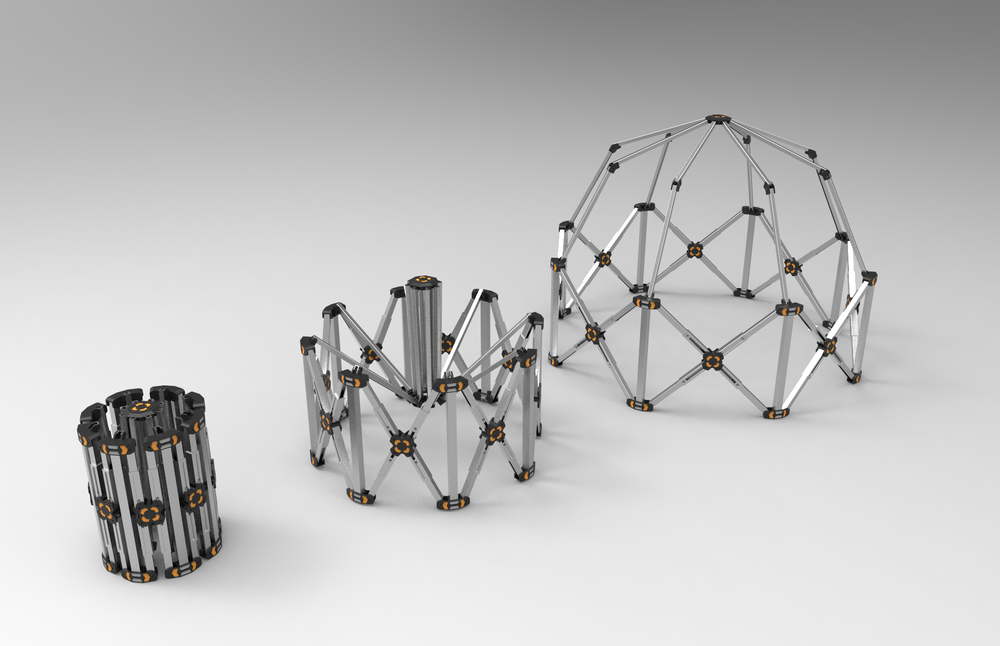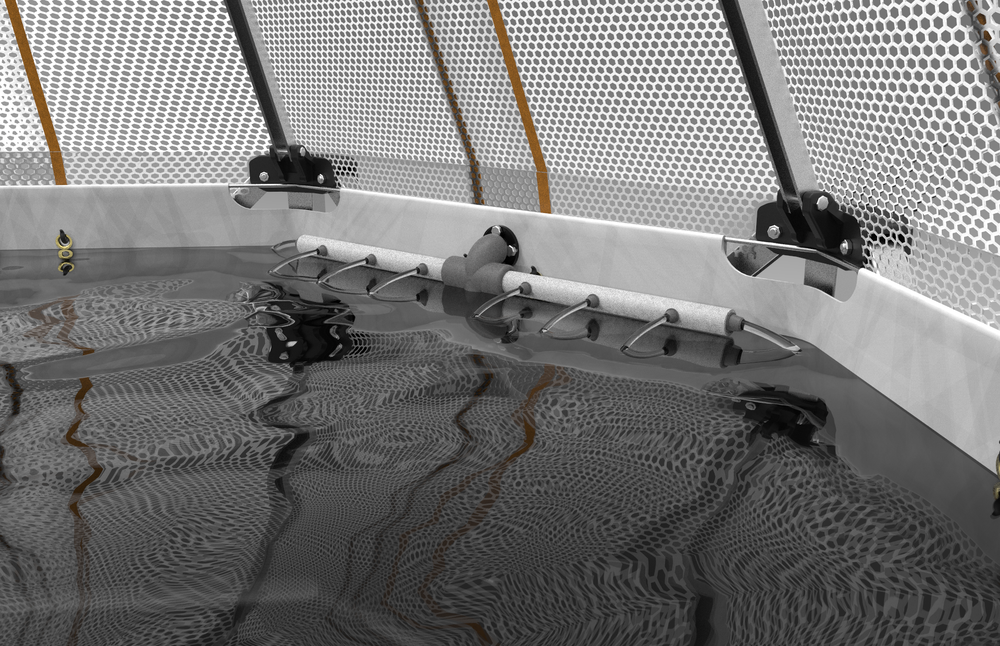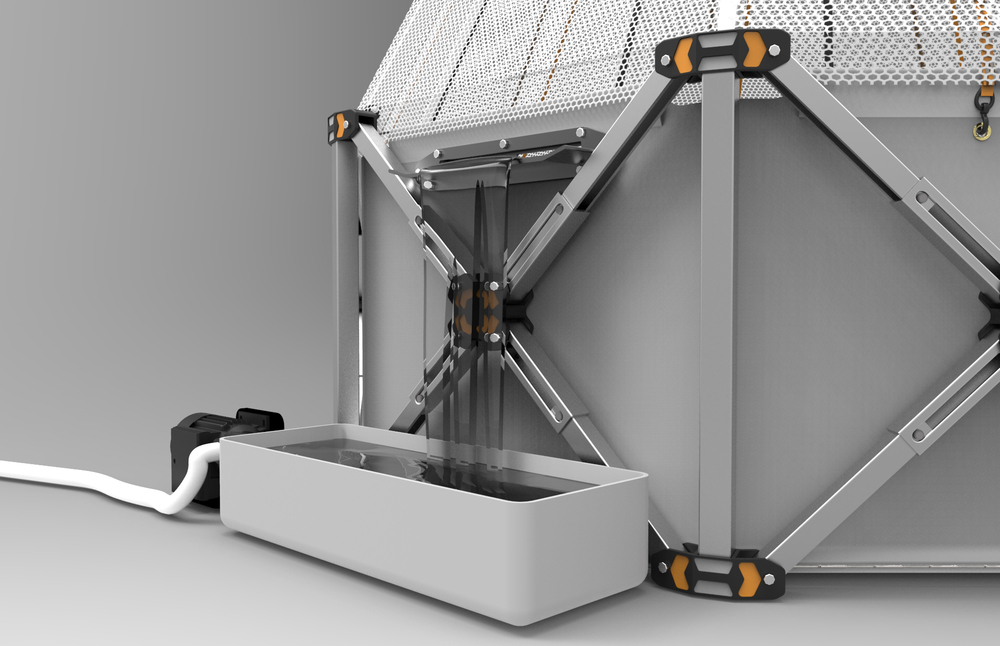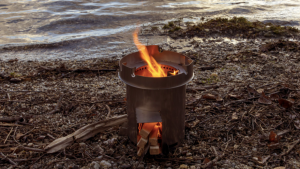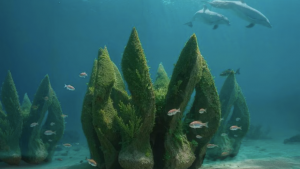An Industrial Design Student at New Zealand’s Massey University has been generating buzz due to his development of a temporary habitat for the rehabilitation of marine wildlife affected by oil spills. Devised in collaboration with the Massey-based Wildbase Hospital, it’s called “DR. POW” – The Deployable Rehabilitation Pool for Oiled Wildlife.
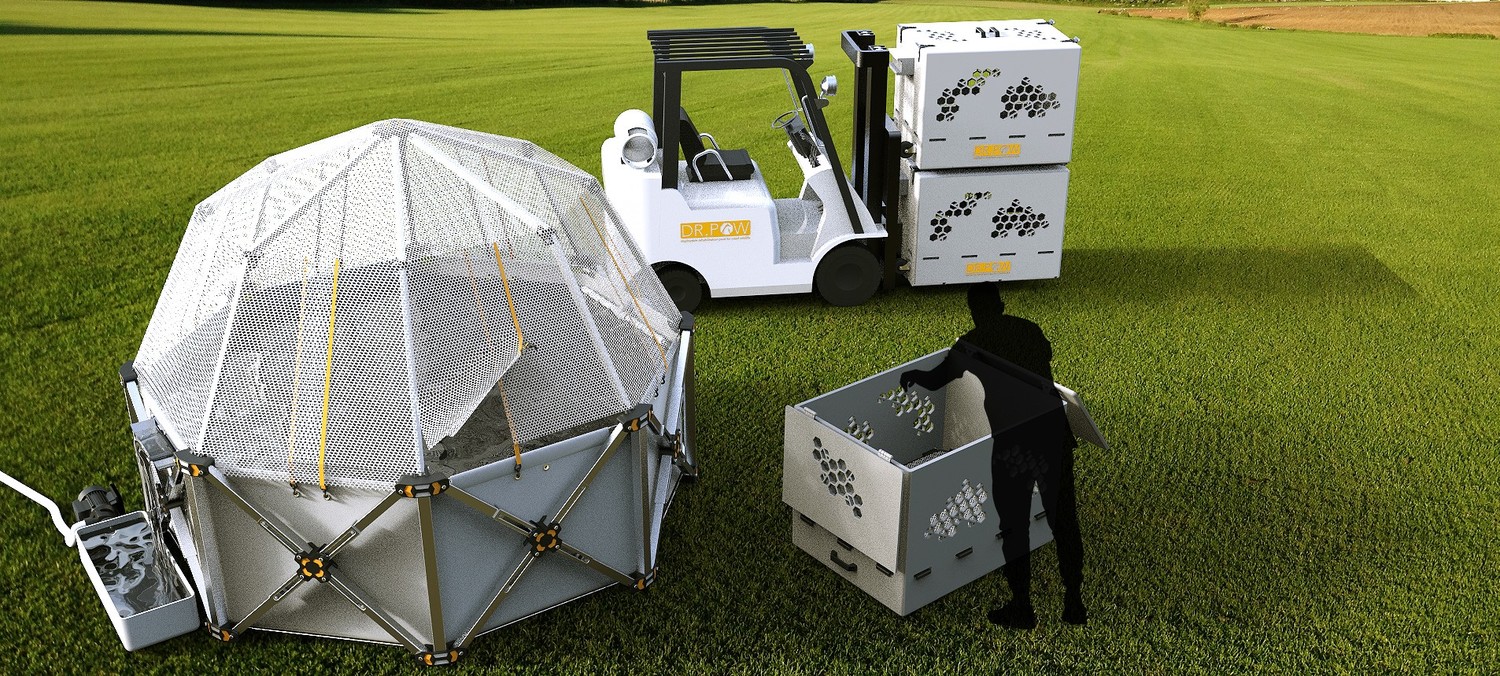
Developed as part of Cameron Holder’s university Honours’ project, DR. POW could have real potential. Holder’s initial research revealed the existence of only one portable wildlife treatment pool available internationally and, in New Zealand, standard PVC pools with makeshift covers are used to tackle such situations. Neither is considered ideal for an emergency response.
The clunky mechanics of traditional rehabilitation pools can often hinder rather than help rescue efforts. Almost entirely self-deploying – allowing for the rapid deployment of multiple units at the same time – DR. POW’s design addresses one of the more critical issues identified in the general response to oil spills: time. “It takes a team of four to five people to assemble [standard pools] in three or four hours, and that’s not including the time it takes to fill it,” Holder told the Manawatu Standard.
To deploy, a hose is connected to a decanting valve located at the base of the pool. As it fills with water, the membrane and telescopic-frame expand. Once the frame reaches a certain point of expansion, the cover arms that are under tension release and erect the cover of the pool. Once fully deployed, the pool measures 3.2m in diameter and 2.4m in height, while the PVC membrane can hold up to 7500 litres of water.
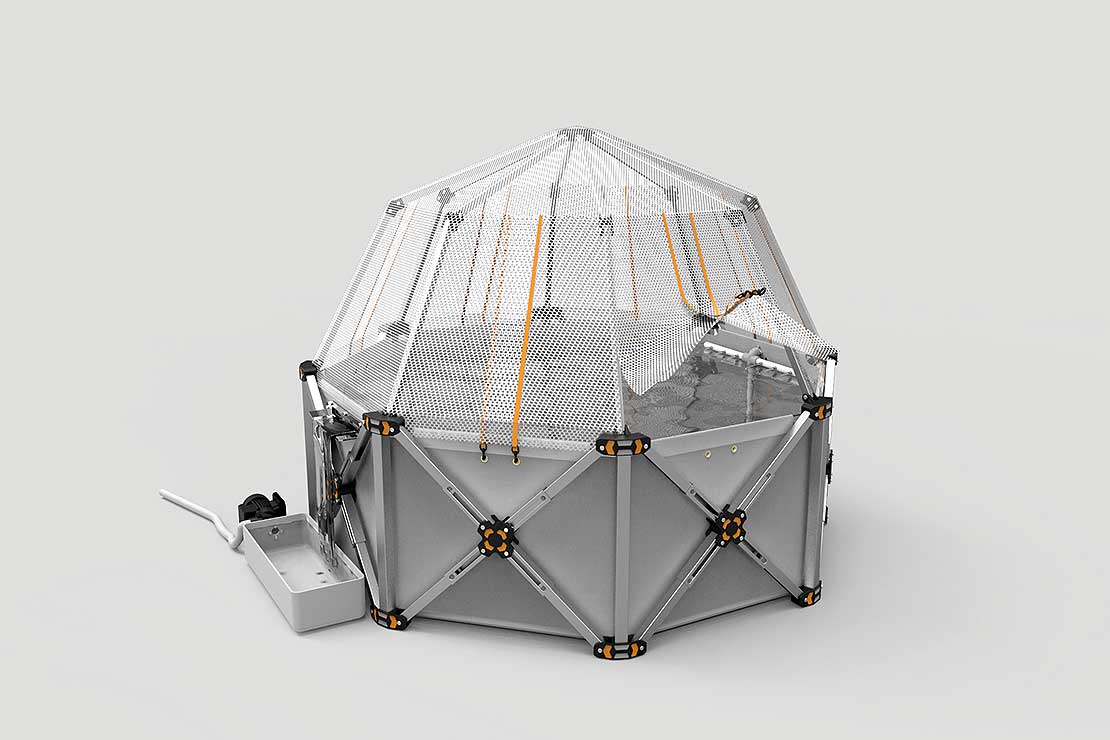
Holder has refined and integrated the features of earlier rehabilitation pool models into DR. POW’s unique design. Standard pools of this nature have long utilised dark mesh covers, as the resulting environment was considered less stressful for birds. DR POW utilises clear mesh for its cover as research has indicated that birds are less stressed when they can see outside.
Marginally cheaper and much lighter than other models, the pool also features a “water jet” system, which directs floating debris towards the overflow port, disrupts the surface tension of the pool encouraging the wildlife to dive, and simulates the ocean creating a more natural environment for the wildlife. The inclusion of a transportation crate with an attachable trampoline bed allows the device to double as a sleeping pen for the wildlife at night. “There are lots of things which are more considered about the design,” Holder says.
Having already garnered recognition from global design award agency Red Dot, Holder’s invention has also led to a nomination for the James Dyson NZ Award, and a Designer’s Institute of New Zealand Best Award. Simple enough to be used by anyone from a local volunteer to a head research technician, Holder himself has big plans for the DR. POW, aiming to turn it into a fully functioning product geared specifically toward the oil and disaster response markets.
